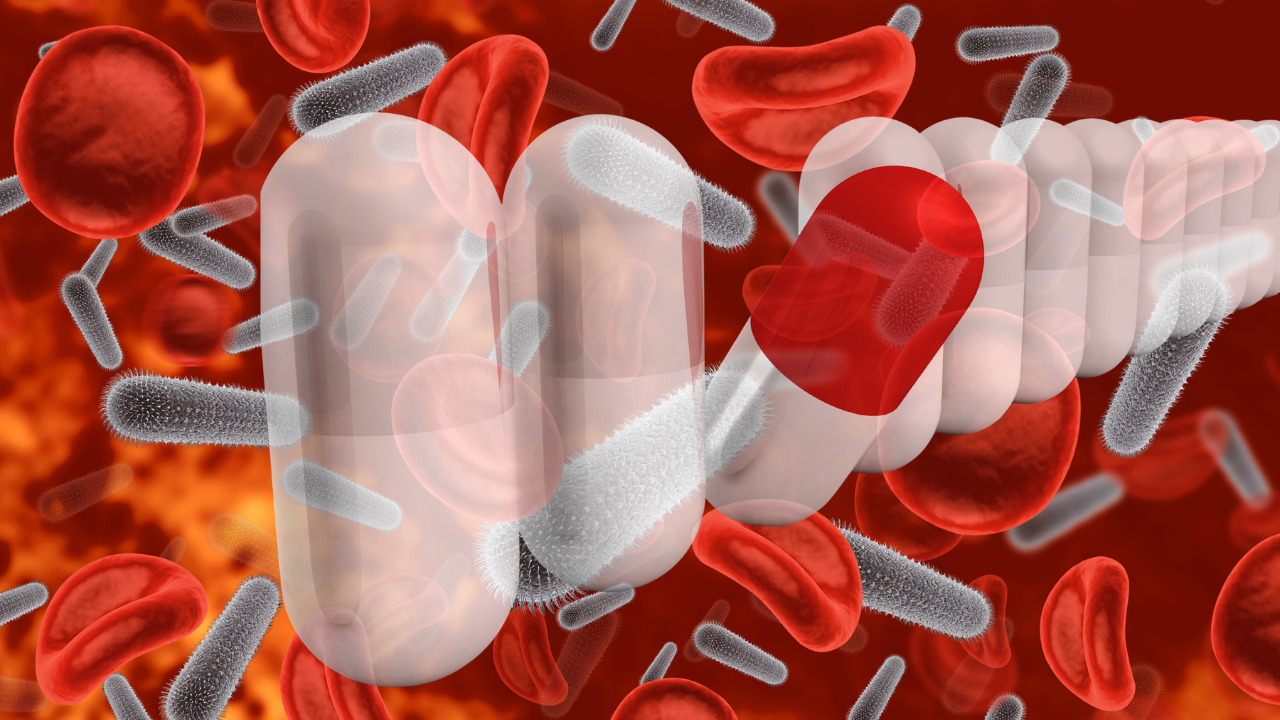AI Creates Antibiotics That Could Defeat Drug-Resistant Bacterial Infections

Credits: Health and me
SummaryMIT researchers used AI to develop novel antibiotics NG1 and DN1, effective against drug-resistant gonorrhoea and MRSA, offering a promising strategy to combat antimicrobial resistance globally.
End of Article
